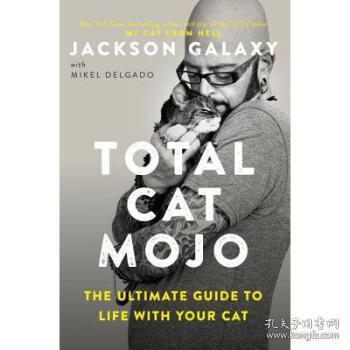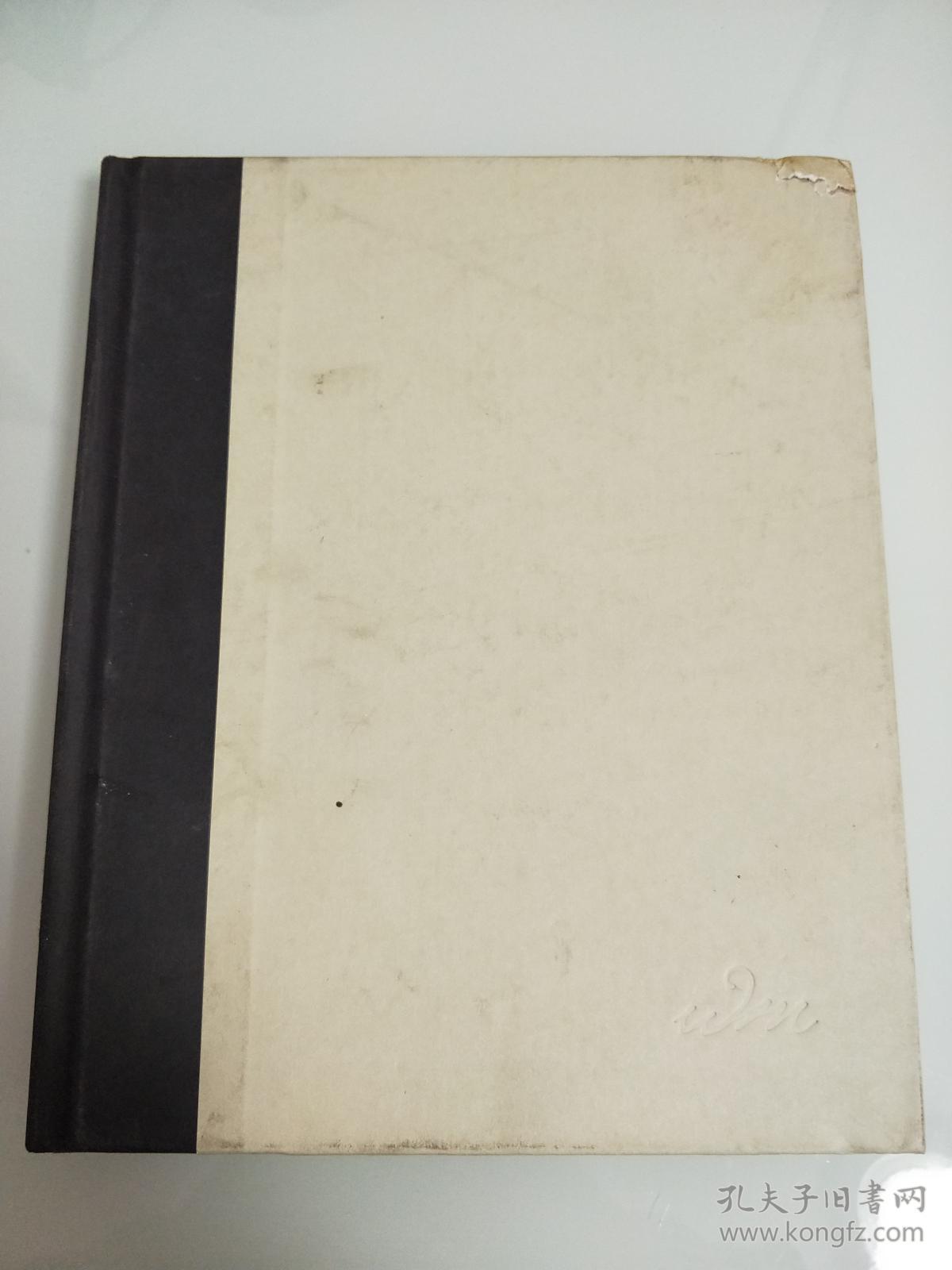"The Ultimate Guide to Organizing Your Pet Food Shelf for Optimal Freshness and Convenience"
#### Understanding the Importance of a Well-Organized Pet Food ShelfA well-organized pet food shelf is crucial for any pet owner who wants to ensure their f……
#### Understanding the Importance of a Well-Organized Pet Food Shelf
A well-organized pet food shelf is crucial for any pet owner who wants to ensure their furry friends receive the best nutrition possible. Not only does it promote easy access to pet food, but it also helps maintain the freshness of the food, preventing spoilage and waste. An organized shelf can save you time, money, and effort, allowing you to focus more on enjoying moments with your pets rather than searching for their food or dealing with expired products.
#### Choosing the Right Location for Your Pet Food Shelf
When setting up your pet food shelf, consider the location. Ideally, it should be in a cool, dry place away from direct sunlight. Sunlight can degrade the quality of pet food, leading to nutrient loss and potential spoilage. A pantry or a dedicated corner in the kitchen can be perfect spots. Ensure that the shelf is at a height that is convenient for you, making it easy to reach and store items without straining.
#### Types of Containers for Storing Pet Food

Investing in high-quality, airtight containers is essential for maintaining the freshness of your pet food. Look for containers that are specifically designed for pet food storage. These containers prevent moisture and pests from getting in, which can compromise the food's quality. Label each container with the type of food it holds and the expiration date, so you can easily keep track of what you have and when it needs to be used.
#### Organizing Your Pet Food Shelf: Tips and Tricks
1. **Categorize Your Supplies**: Group similar items together. For example, keep dry food, wet food, and treats in separate sections. This categorization will help you quickly find what you need, especially during busy feeding times.
2. **Use Clear Containers**: Clear containers allow you to see the contents without opening them, making it easier to monitor your supplies. This visibility can help prevent running out of food unexpectedly.

3. **Prioritize Accessibility**: Place the most frequently used items at eye level or within easy reach. Less frequently used items can be stored higher up or towards the back of the shelf.
4. **Implement FIFO (First In, First Out)**: When adding new supplies, place them behind older items. This practice ensures that you use older products first, reducing the risk of expiration.
5. **Regularly Check Expiration Dates**: Make it a habit to check the expiration dates on your pet food regularly. Discard any expired items to keep your shelf organized and safe for your pets.
#### Maintaining Your Pet Food Shelf

Once your pet food shelf is organized, maintaining it is key to ensuring it remains effective. Schedule regular clean-ups to remove any expired food and wipe down containers to keep the area clean. This maintenance routine will also help you reassess your pet food needs, allowing you to adjust your purchases based on consumption patterns.
#### Conclusion: The Benefits of a Well-Organized Pet Food Shelf
In conclusion, a well-organized pet food shelf not only enhances the convenience of feeding your pets but also contributes to their overall health and well-being. By taking the time to organize and maintain your pet food storage, you are making a commitment to providing the best for your furry companions. With these tips, you can create a functional and efficient space that makes pet ownership a more enjoyable experience.